Growing Better Cacti with Remineralization: Research in the Quilombola Communities in Northeast Brazil – Part II
Previously RTE covered on-going research of the team led by Dr. Suzi Huff Theodoro and graduate student Fernanda de Paula Medeiros in the state of Bahia in northeastern Brazil. They seek to grow two species of cacti to serve as animal fodder and as subsistence for the farming families in the Quilombola community there. For an introduction to the project, please read the first article, Part I. In this article, we cover the latest developments of the project.
Socio-economic and environmental assessment
On May 13-15, 2016, the team embarked on their fourth trip to the Quilombola community of Lajedão dos Mateus. On this trip, their objectives were to monitor the experimental plots and design a socio-economic and environmental assessment for the community. The intention of the plan was to re-evaluate several indicators of the community, as the last assessment was carried out a decade ago and is most likely to be outdated. The team talked to the farmers and laid the groundwork for interviews during the upcoming trips.
Observations of the cacti plots
At the start of the project, researchers established a 16 m2 plot separated into a 4×4 grid, with each square in the grid receiving one of four different treatments: (a) rock dust, (b) rock dust and manure, (c) manure-only, and (d) control treatments. They planted two species of cacti: the giant prickly pear cactus (Opuntia ficus-indica), and the small prickly pear cactus (Nopalea cochenillifera). These species are common plants found in semi-arid and arid regions, and suitable as fodder for animals.
The team noted substantial differences in the appearance of the cacti and the density of the cladodes (leaf-like stem of the cacti) in the different treatments of the experiment.
The replicate plots with both rock dust and cow manure application produced healthier, dark green plants sprouting higher number of cladodes. That is because the rock dust provides a slow release of nutrients compared to the fast release of the organic matter.
In contrast, plots with no additional nutrient supplements had plants with less cladodes that were lighter in color. This was the case for both species of cacti.
There were, however, some concerns that arose during this trip. The researchers noted the presence of white spots on the surface of some cacti, which were later identified as cochineal – a scale-like insect that feeds on cacti. Farmers also reported that they had to clean their irrigation hoses weekly due to an accumulation of sediments within the pipes. Another concern was an unknown pathogen that blighted some of the plants. Symptoms of this disease were particularly prevalent in the plots without any treatment (the control plots), but were also present in the plots treated with rock dust application only. The plots with rock dust and manure fared much better.
Despite these concerns, the farmers were satisfied with the results of the project. They contended that the rock dust and manure mix have positive impacts on the crops. In fact, they were already hoping to expand the scale of the planting in the near future.
Given these optimistic findings, the researchers made another visit from June 29 – July 3, 2016. Several items were on the agenda: (1) harvest some of the cactus for quantitative analysis, (2) interview community members using socioeconomic and environmental measures, and (3) conduct soil and water sampling to assess nutrient levels in the area. Unlike the previous trips, this trip was intended to generate preliminary results for statistical analysis.
Harvesting the cacti
During the last trip, the researchers made the observation that cacti grown in plots with manure and rock dust application appeared healthier. In order to substantiate the observations, the researchers – with the help of community members – harvested the cladodes for statistical analysis. Prior to harvesting, they chose four average-sized cacti from each plot and counted the number of cladodes per individual plant, after which they weighed the cladodes upon harvesting.
The researchers found that the control plot with no treatment had yields 20% lower than plots with the rock dust and manure application. The results were consistent across different species of cacti, despite the sparse spacing of plants in the giant cactus plot, for which lower production volume was expected. Given the results, the researchers suggest that the rock dust and manure application had the most positive impact on the plants.
Interview
Another objective of the trip was to interview the farming community to reassess several socioeconomic and environmental indicators. Eighteen interviews were conducted and researchers found that the population of the community was reduced by 35% since the last assessment. They speculated that this was due to migration away from the community.
After this trip, the researchers were optimistic that remineralization with rock dust could improve the farming conditions of the community. Rock dust provides a greater structuring of the soil, and the different sized particles of applied rock dust lead to the slow release of nutrients, enabling the crops to take full advantage of all available nutrients.
More can be seen about this project on our website by watching the newly-posted video, Earth Fertilizing Itself. As a partner of this project, RTE will continue to keep readers up-to-date with the progress of this exciting two-year research project.
Zu Dienle Tan recently graduated from the University of Michigan with a Master’s degree in natural resources and environment. She specializes in conservation ecology and is passionate about biodiversity conservation, agroecosystems and sustainable development.
Support us on Patreon
Thank you for joining us today! Please become a member of RTE and support us on Patreon. Unlike many larger organizations, we work with a team of determined and passionate volunteers to get our message out. We aim to continue to increase the awareness of remineralization to initiate projects across the globe that remineralize soils, grow nutrient dense food, regenerate our forests’ and stabilize the climate – with your help! If you can, please support us on a monthly basis from just $2, rest assured that you are making a big impact every single month in support of our mission. Thank you!

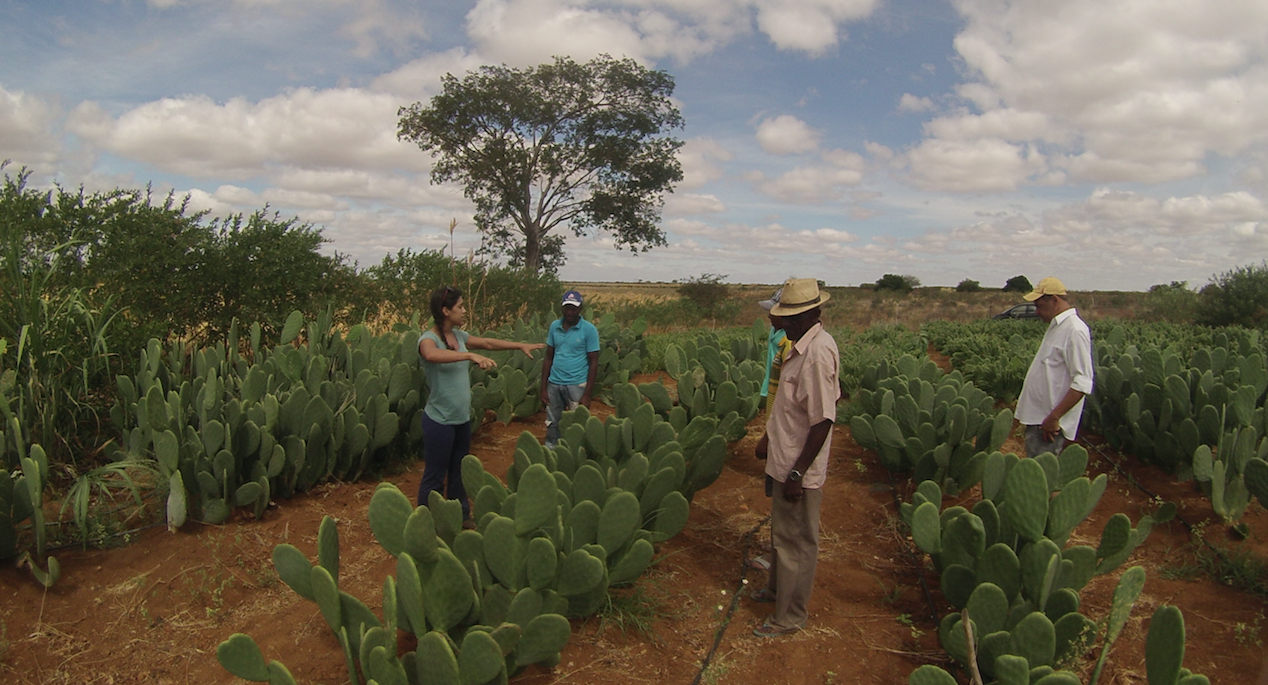
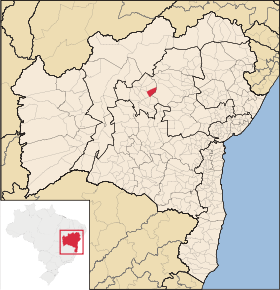
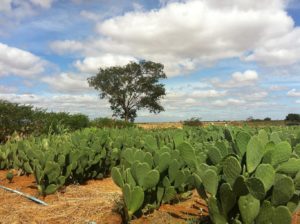
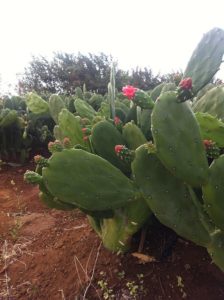
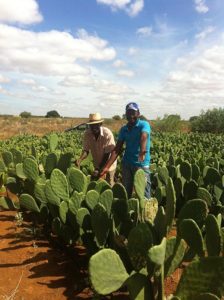
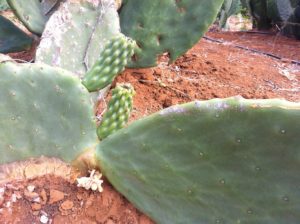
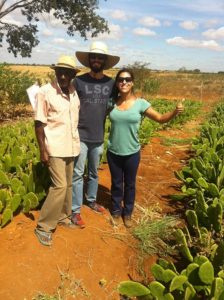






Got something to say?